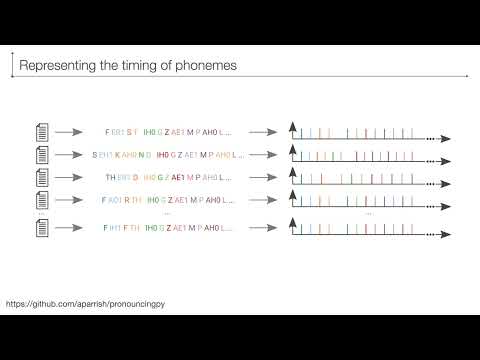 Speaker: Filipi Nascimento Silva @filipinascimento
Speaker: Filipi Nascimento Silva @filipinascimento
 Affiliation: Network Science Institute, Indiana Universtiy (USA)
Affiliation: Network Science Institute, Indiana Universtiy (USA)
Title: Exploring the quantitative analysis of rhythmic patterns in poetry and prose through machine learning techniques
Abstract (long version below): In this symposium, results from research using different methods such as pupillometry, eye-tracking, EEG, or applied informatics such as neural network analysis are presented with respect to empirical literary sciences to discuss how phenomena related to the genuine poetic rhythm and associated cognitive effects can be explored. The focus is twofold: A) Advantages and disadvantages of the respective method and its combinability with other methods are to be thematized. B) Based on the results from the respective approaches presented, the extent to which they provide information about cognitive processing, respectively, experiencing of poetic rhythm will be debated.

 Long abstract
Long abstract
Literary analysis has historically been a subjective and qualitative practice, but recent advances in artificial intelligence have enabled more quantitative and computational approaches to be explored [1-4]. In this talk, we will present a study [5] investigating the rhythmic patterns of poetry and prose using machine learning techniques to contribute to quantitative literature analysis. Our study proposes a new computational representation for phonemic rhythms in written prose and poetry. We then employ a machine learning pipeline to distinguish between the two modalities. Our results suggest that this task can be achieved with reasonable accuracy. Furthermore, we found that the rhythmic patterns of poetry are more diverse than those of prose, indicating that poetry has a richer and more complex set of rhythmic patterns. We also discovered that the order of words is more important for the classification of prose, while poetry can be characterized by its inherent rhythmic construction, regardless of word order. Our study offers new insights into the quantitative analysis of rhythmic patterns in literary works and demonstrates the potential of automatic classification approaches for distinguishing different types of literary works. Additionally, this approach can be extended to other artistic expressions where rhythmic properties play a critical role, such as song lyrics.
References
1.Reagan, A.J., Mitchell, L., Kiley, D., Danforth, C.M. & Dodds, P.S. (2016). The emotional arcs of stories are dominated by six basic shapes. EPJ Data Science, 5(1), pp.1-12. The emotional arcs of stories are dominated by six basic shapes | EPJ Data Science | Full Text
2.Underwood, T., Bamman, D. & Lee, S. (2018). The transformation of gender in English-language fiction. Journal of Cultural Analytics, 3(2). https://doi.org/10.22148/16.019
3.Van Cranenburgh, A., van Dalen-Oskam, K. & van Zundert, J. (2019). Vector space explorations of literary language. Language Resources and Evaluation, 53(4), pp.625-650. https://doi.org/10.1007/s10579-018-09442-4
4.Toubia, O., Berger, J., & Eliashberg, J. (2021). How quantifying the shape of stories predicts their success. Proceedings of the National Academy of Sciences, 118(26), e2011695118. https://doi.org/10.1073/pnas.2011695118
5.de Arruda, H. F., Reia, S. M., Silva, F. N., Amancio, D. R., & Costa, L. da F. (2022). Finding contrasting patterns in rhythmic properties between prose and poetry. Physica A: Statistical Mechanics and its Applications, 598, 127387. Redirecting

